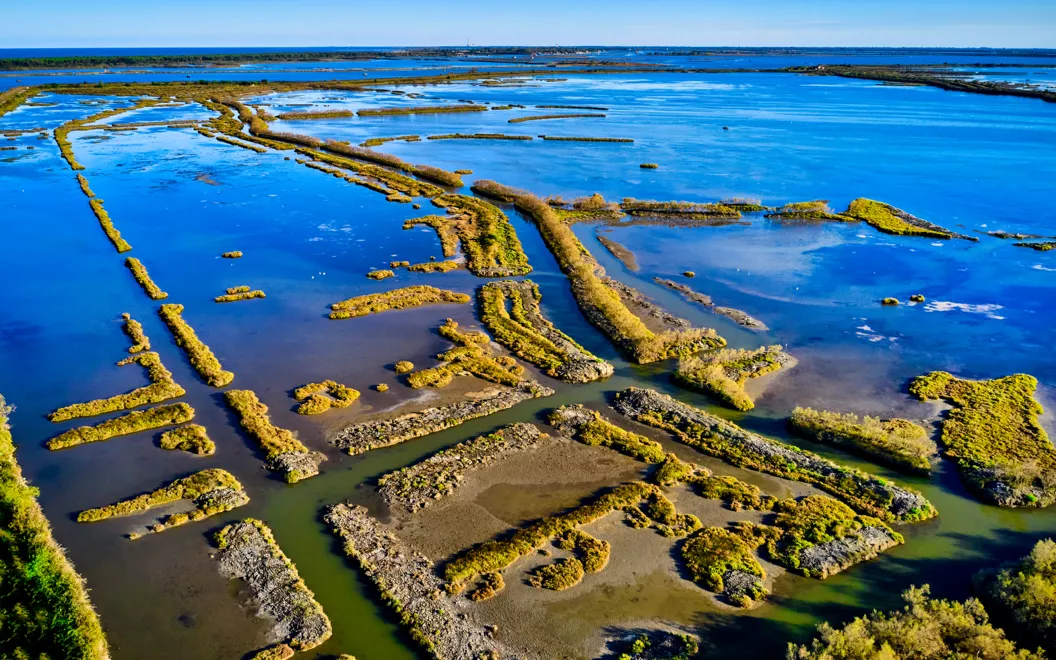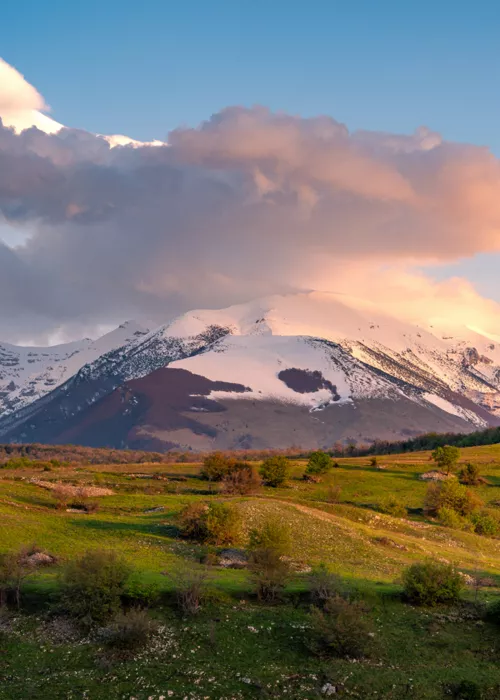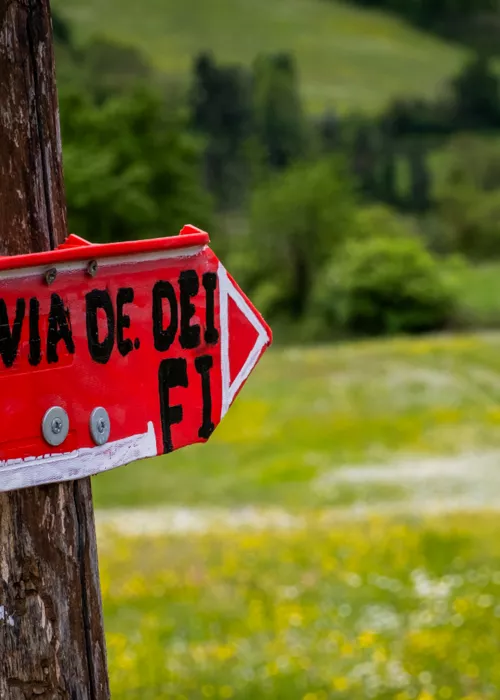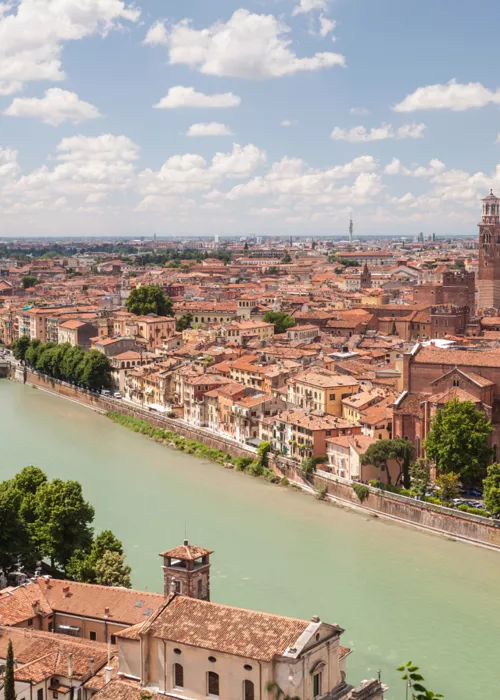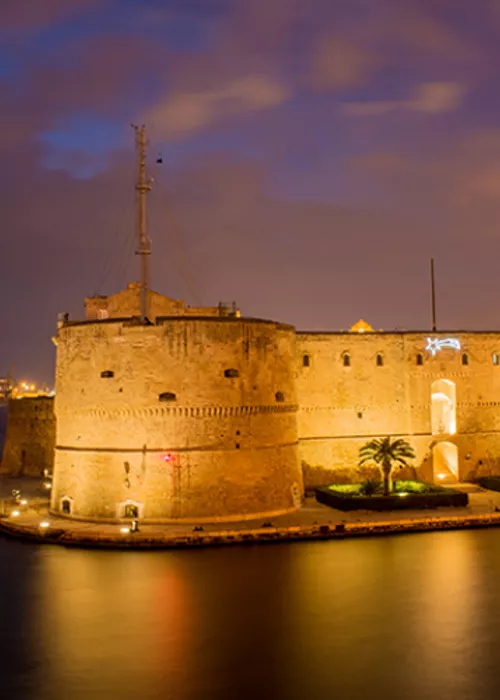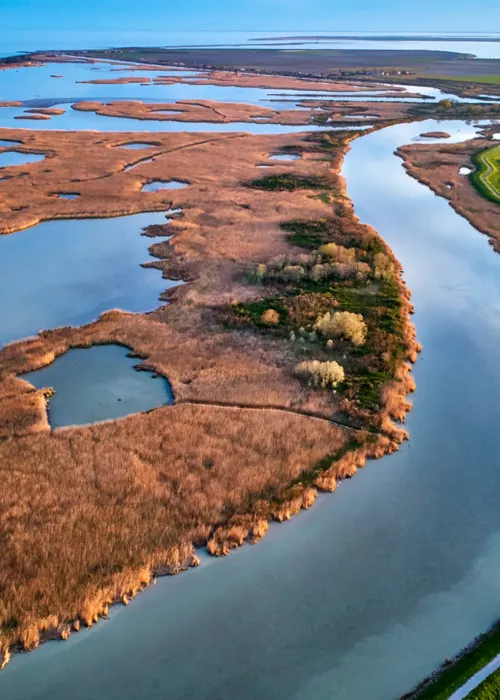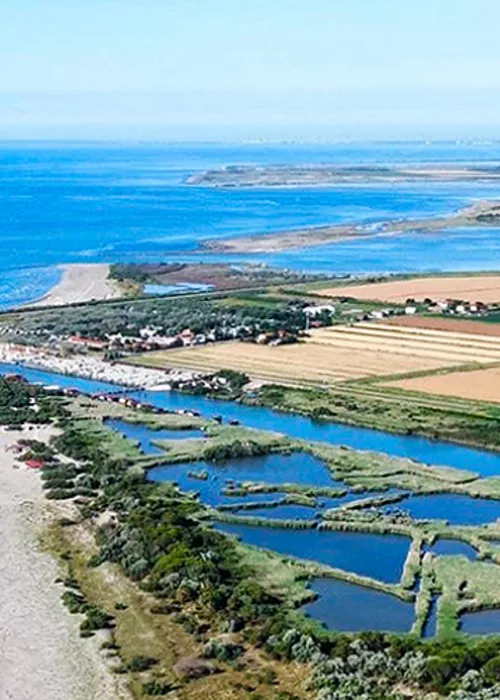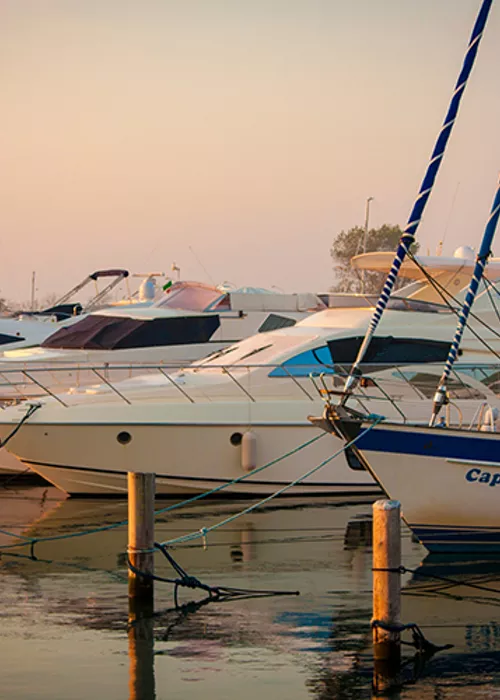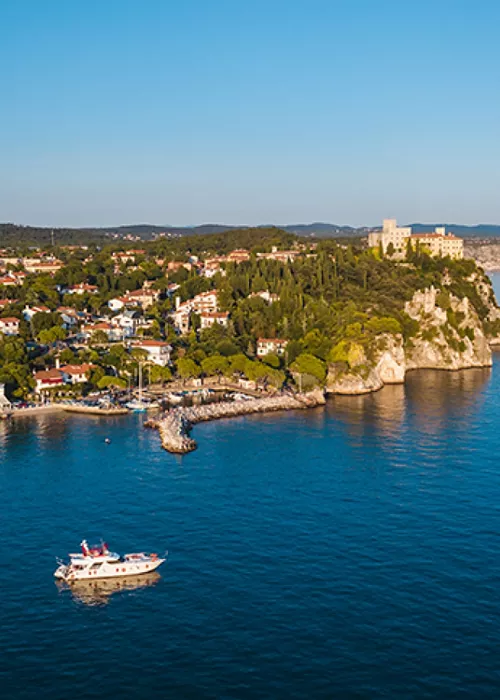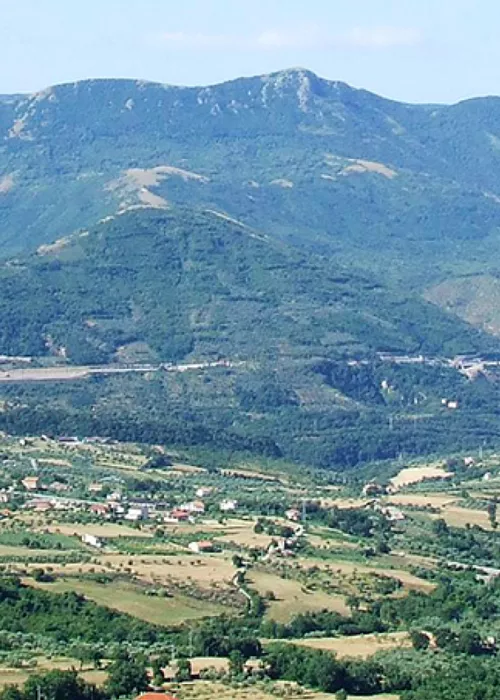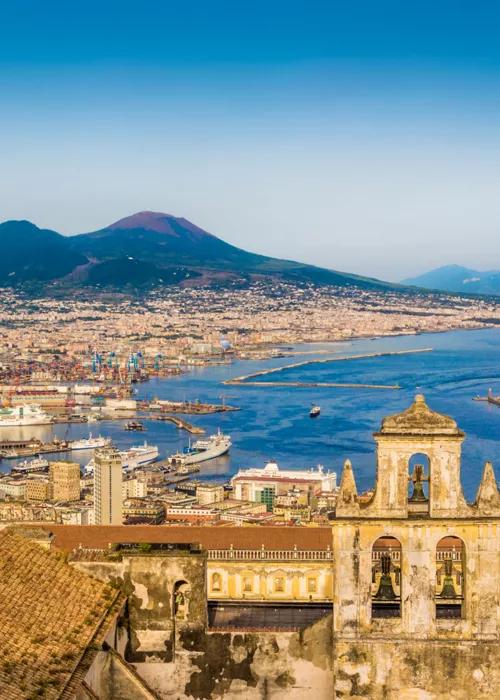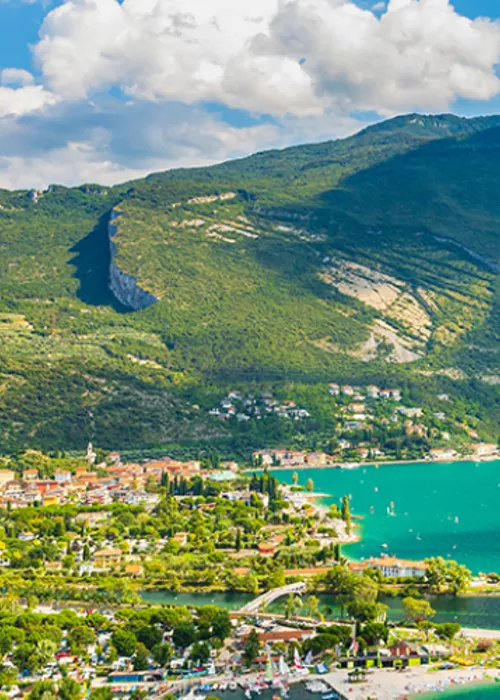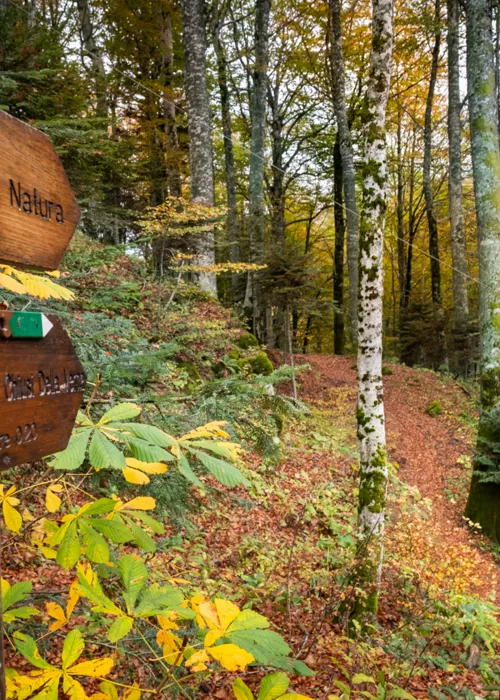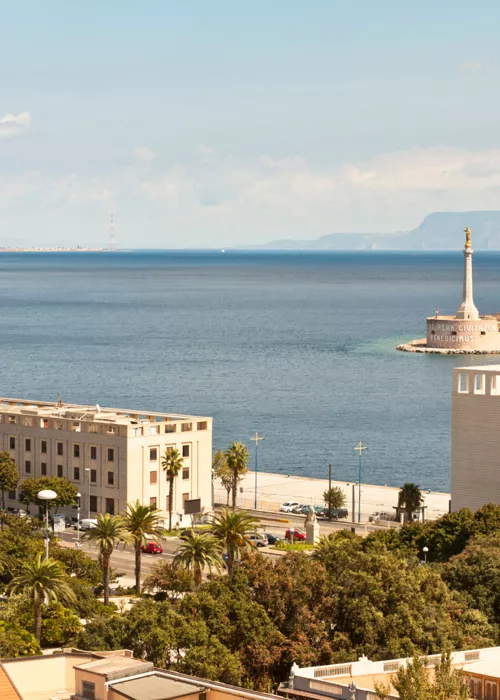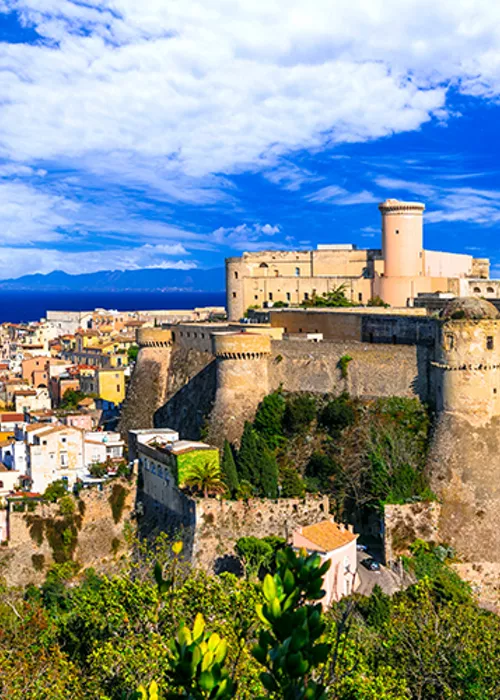From the Botanical Gardens of Porto Caleri to the Sacca degli Scardovari

A good place to start your tour is Rosolina Mare, in the province of Rovigo. It's right at the northern end of the Po Delta, near the Botanic Gardens of Porto Caleri, the ideal place to set off on a discovery of this biodiverse area which includes a variety of habitats, including pine forests, coastal dunes and lagoons. As you return inland, shortly after Rosolina take the left turn, onto Via delle Valli: at the junction you'll see a flock of red and grey herons. Via delle Valli is one of the best places for birdwatching in the Po Delta. It is a narrow strip of land through the lagoons, created a few centuries ago beyond the coast, and dotted with farmhouses and flocks of birds. The southern stretch, between Porto Levante and the Maistra section of the Po, is also dotted with watchtowers and observation points. No matter which season of the year, here you are sure to see various species of ducks, wading birds, herons, birds of prey and others, including flamingos. As you head back inland, stop off at Porto Viro, where you will find the visitor centre of the Venetian Delta Park.
A little further south, from Ca’ Venier down the right bank of the Venetian stretch of the Po, you can see this great river as it flows into the Adriatic. On the island of Donzella, which appeared less than four centuries ago, after the creation of Porto Viro, the main landmark is the great Sacca degli Scardovari, a large lagoon with structures for clam and cockle farming. The road passes over large dykes, offering beautiful views. This really is the kind of place to visit by boat, perhaps venturing into the reed beds at the mouth of the Donzella Po (the Bacucco reserve). In Scardovari, you can admire the fishermen's huts, while in the nearby Ca’ di Mello Reserve catch a glimpse of the reedlings, herons, ducks and waders picking their way through the reeds.
From the dunes of Massenzatica to the birdlife reserve of Canneviè-Porticino

Between Veneto and Emilia Romagna, along the course of the Goro Po, a natural boundary marker between the regions, just before you reach the dunes of Massenzatica, you'll see Valle Dindona, a curving section of a tributary of the Po. From high up on the river bank near the pontoon, you can glimpse nesting herons and waterfowl in the reedbeds. Heading further inland, from Goro to Bosco Mesola, you come to Italba and the Fossil Dune Reserve of Massenzatica, a sequence of ancient sand belts covered in thick vegetation. In spring and early summer, you can see various species of bird such as the hoopoe and bee-eater, typically found in Mediterranean scrub and woodland. Returning to the coast, you come across the largest woodland in this zone, and one of the most important from an environmental point of view: it is the Mesola Forest, populated not only by rare deer (an ancient subspecies, native to Italy) but also by woodpeckers, owls, tits, short-toed treecreepers and finches. Take a walk or cycle through the forest in spring, to enjoy all the different bird calls.
As you continue on the road that connects Bosco Mesola to Volano, at a junction about 3 km from the village there is an unsurfaced road leading to a valley surrounded by crop fields, known as Taglio della Falce. Here there is a large colony of red herons and other species of country bird such as the red-backed shrike and river nightingale. Back on the road and continuing towards Volano, turn right along the Po di Volano to quickly reach the nature reserve of Canneviè and Porticino, which is a salt valley with shallow waters and one of the best sites for birdwatching in the Po Delta. The reeds, shrubs and trees offer many different habitats, all traversed by a circular trail. Here you can see many different species throughout the year, including waders, passerines, herons and ducks.
Stazione Foce and the Comacchio valleys

The set of canals and bodies of brackish water that form the Comacchio valleys is often considered the heart of the Po Delta. World-famous for eel fishing, this area of brackish water can be explored in several places. The first, near the town of Comacchio, is Stazione Foce, where the Valli Museum is present; it is the area where it is common to observe pink flamingos, which began nesting in the area in 2000 and which since then have seen their population grow from year to year. A boat trip is highly recommended for both enthusiasts and nature lovers, as well as a walk around the area, where there are often herons and seagulls. Foce Station borders the Comacchio salt flats, inactive and currently managed as a natural reserve, visible from the outside or with guided tours; they offer ideal habitats for many species of seagulls (coral seagull, rose seagull) and waders (rainforests, fighters, real paintings in migratory periods).
Walking along the perimeter of the Valli di Comacchio, they are excellent observation points both on the western side (especially in winter, when fleas, moriglioni, svassi, royal albanelles overwinter), and above all on the southern one. The area between the small Sant'Alberto ferry and the Romea, to be walked along the embankment between the valleys and the Reno river, is extraordinary for the quality and quantity of the birds present: shelducks, flamingos, various ducks, herons of all species, marsh harriers, terns, a natural reserve that can be seen from the outside or with guided tours; they provide an ideal habitat for many species of seagulls (coral gulls, rose gulls) and waders (sandpipers, warblers, black-tailed plovers during migration periods).
Walking along the perimeter of the Valli di Comacchio, they are excellent observation points both on the western side (especially in winter, when fleas, moriglioni, svassi, royal albanelles overwinter), and above all on the southern one. The area between the small Sant'Alberto ferry and the Romea, to be walked along the embankment between the valleys and the Reno river, is extraordinary for the quality and quantity of the birds present: foxes, flamingos, various ducks, herons of all species, marsh harriers, terns, sandpipers and many others. Each season offers different sightings. In Sant'Alberto, you can visit the NaTuRa Museum, Alfredo Brandolini Ornithological and Natural Science Museum and the Po Delta Park Visitor Centre.
South of Comacchio to Ravenna: from the Pineta di San Vitale to the Punte Alberete Oasis

To the south of the Comacchio Valleys, in the area between there and the city of Ravenna, there are many other locations of extreme interest to naturalists: three in particular, at a very short distance from each other. Coming down from the valleys, on the left of the road, towards the sea, the first interesting site for birdwatchers is the Pineta di San Vitale, an ancient pine grove now naturalised, surrounded in turn by brackish valleys such as the Pialassa della Baiona. Park in one of the designated spaces along the Romea road, for example the one near the Ca' Vecchia visitor centre, and continue through the pines and along the wetlands, in search of both woodland species (woodpeckers, tits) and lagoon species (black-winged stilts, avocets).
On the opposite side, between the right bank of the Reno and the Lamone river, Valle Mandriole, remains of the land reclamation that affected the floodplain of the river, now channelled. The vast reed beds are the home to numerous species throughout the year (from rare herons, such as spoonbills and the glossy ibis, to small birds such as warblers and shorebirds). Along the Romea road, which crosses the valley, there are three different observation points, the most southerly of which (at km 8.5) includes a high lookout tower from which one can enjoy an excellent panorama of the area. Just to the south is a third extraordinary site, that of the Punte Alberete oasis, a flooded forest crossed by various trails, in which both woodland species (woodpeckers, creepers, great tit) and marsh species (ferruginous duck, Turkish duck) nest. The itinerary ends here, but may possibly be extended to other wetlands south of Ravenna, which are also protected by the Regional Park (the Classe Pinewood, the Ortazzo and Ortazzino marshes, the Cervia salt marshes) and others inland (Ostellato valleys, Argenta valleys).


